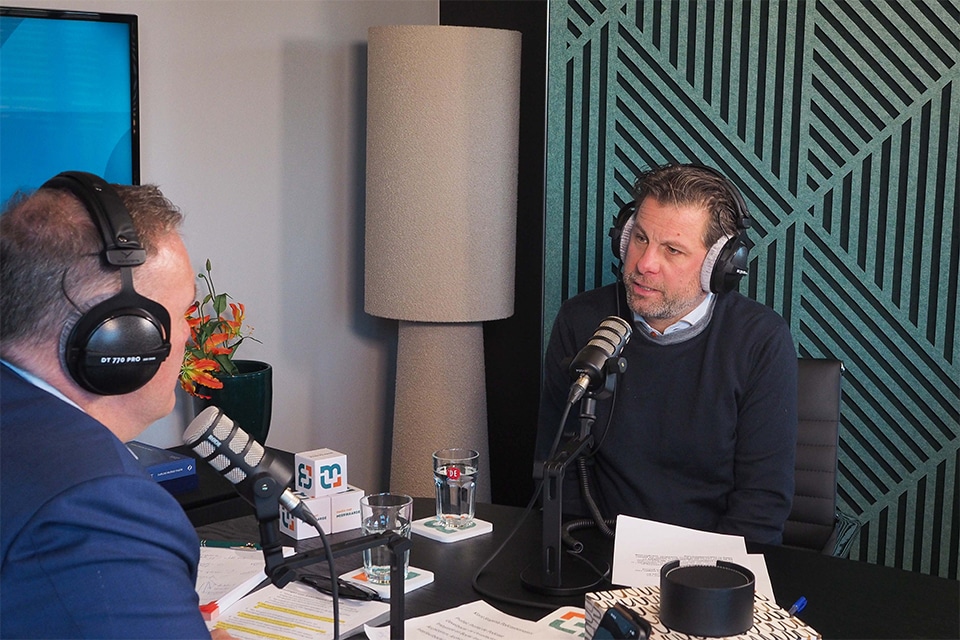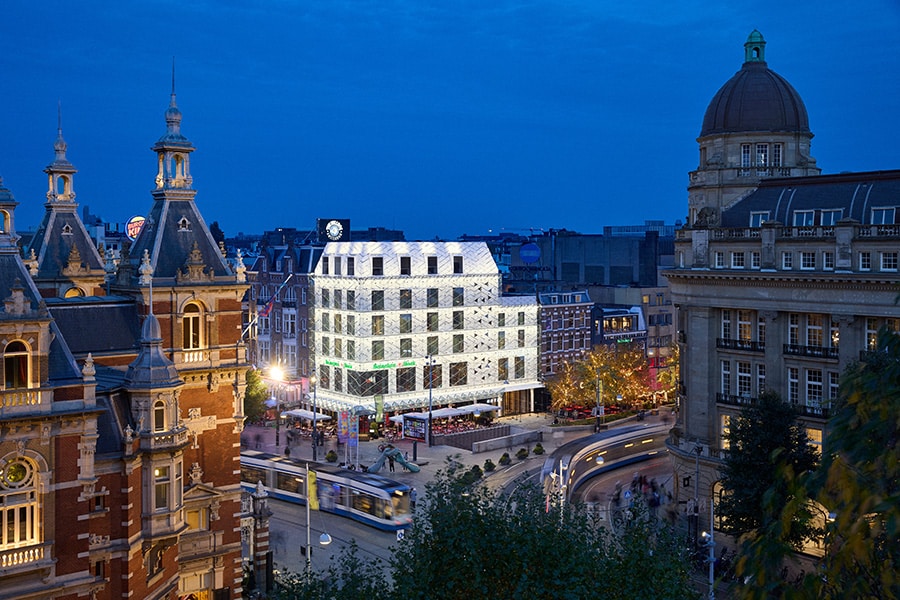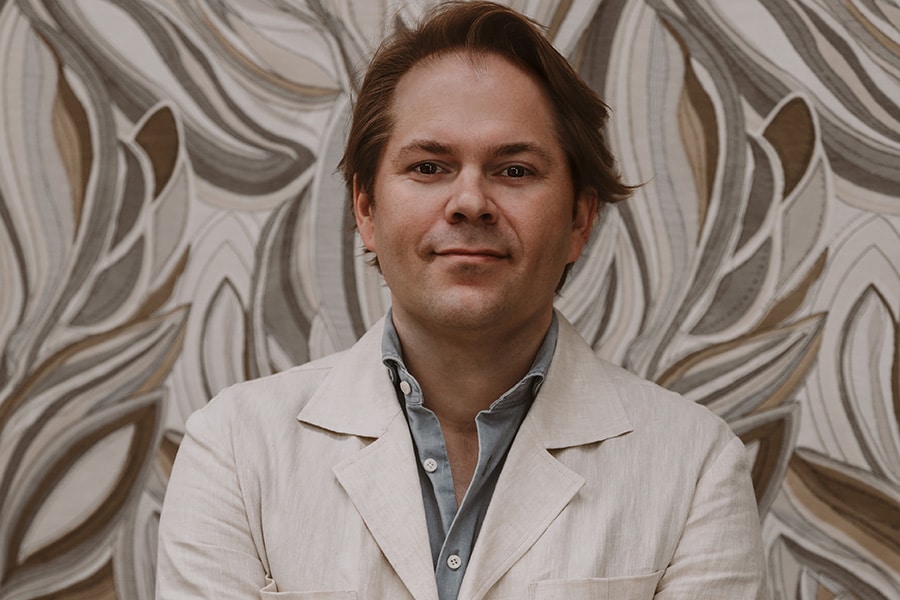
Powder-based paint: a logical and sustainable choice
"However, paint is still too often a closing item and does not receive enough attention in the sustainability story," believes Willemijn Wortelboer, owner of RAW Paints.
"Quite illogically, we are still working with cans of paint, which are filled with water for up to 60% and contain all kinds of solvents, preservatives and pesticides to ensure shelf life. These agents often take up to five years to evaporate and are very bad for the environment as well as our health. RAW Paints' mission is to make project developers, consultants, architects, contractors and painting companies aware of this, so that we can actually fulfill our sustainability ambition and leave a better world for our children."
Zero volatile organic compounds, pesticides and titanium dioxide
In recent years, RAW Paints has developed a unique paint powder formula with a mineral base and without the common additives and solvents. This means that there are also no emissions of volatile organic compounds, which benefits the health of painters and residents as well as our environment. The products also include an alternative to titanium dioxide (TiO2); the white pigment in paint that, among other things, provides coverage.
"As of October 2021, all paint products in Europe must be labeled with a warning label for titanium dioxide," Wortelboer knows. "Recently, the European Commission determined in a regulation that exposure to titanium dioxide can be so harmful to health that these products must be labeled with the warning: 'may cause cancer.' With our paint powder, this is not an issue."
Increased efficiency, less waste
RAW Paints' unique paint powder is suitable for stone and concrete, stucco, masonry and plaster (cement-based) and developed for both exterior and interior applications. Examples include facades, ceilings, living rooms, bedrooms, bathrooms, basements and roofs (bitumen), which can be finished in one go and fully opaque.
"Once diluted with water, the paint creates an electrification with the mineral/stone substrate, eliminating paint flaking and ensuring excellent adhesion and longevity," said Wortelboer. "In addition, the paint powder provides increased transport efficiency, reduced transportation costs and less waste. The paint can be made in exactly the right quantities, which also eliminates half-full paint cans from ending up in the waste incinerator."




